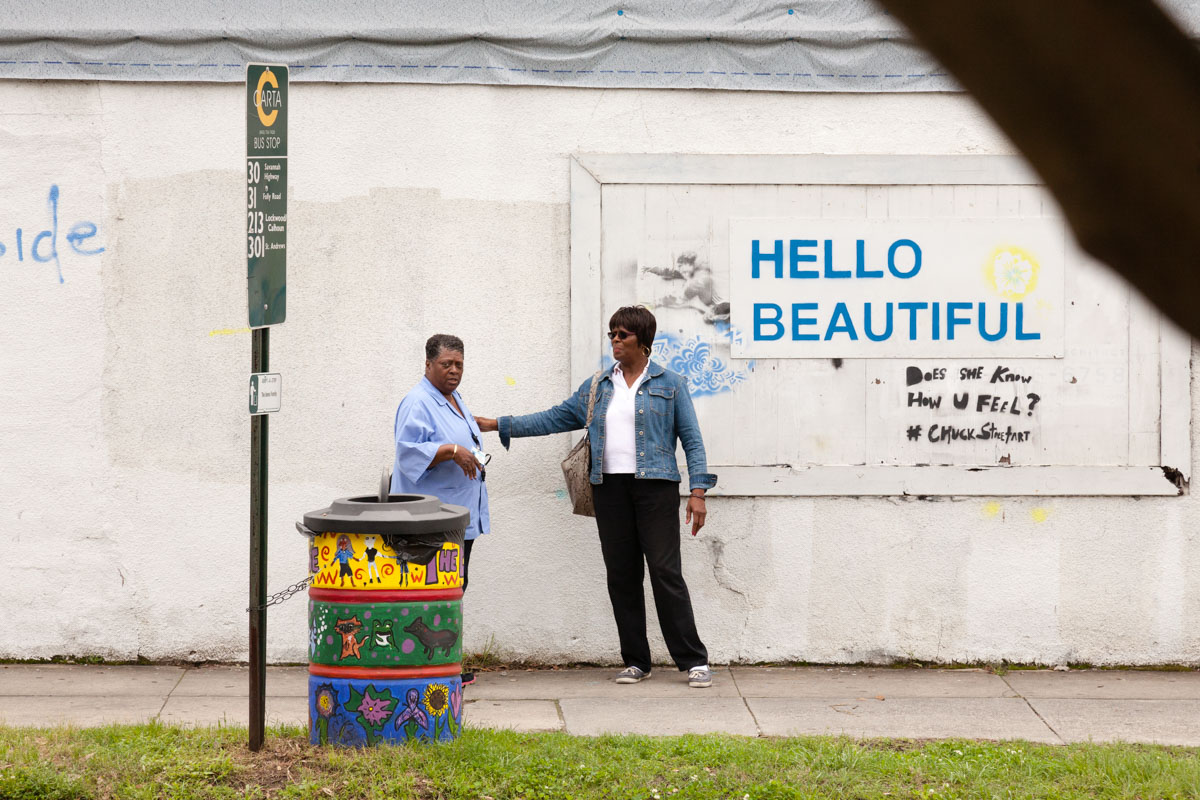Is Digital Communication Easier Than Speaking Face-To-Face?
The increasing reliance on digital communication is to continue as technology advances and shapes the way we interact with each other and the world around us. Communication via a screen can be less demanding but more impersonal than face-to-face, which provides a more immediate exchange of personal feelings. Thus, talking f2f is better for building stronger human connections. But what evidence suggests digital communication is less demanding or easier than speaking f2f?



F2F Communication Differs From One Person to the Next
Imagine meeting three different people you know. Now consider the range of facial expressions and body gestures you might exhibit when meeting these people. We speak with our mouths, but we communicate with our whole bodies. And how we act around our parents may differ from how we behave around our friends, boss or romantic partner. Each of these individuals has a different perception of us. Thus, we present ourselves in a way that we believe will be most effective in that particular social context.

“A man has as many social selves as there are individuals who recognise him.”
—William James, 1890.
So, when the psychologist William James said that a man has as many social selves as there are individuals who recognise him. He implied that our identity is not fixed but constantly evolving and adapting to the social contexts in which we find ourselves.

Speaking F2F Is Mostly Non-verbal
Adapting to changing social contexts is based almost entirely on nonverbal communication. For example, when we interact with others, we continuously process facial expressions, tone of voice, body language, eye contact, and the physical distance between us and others. In the 1960s, Albert Mehrabian found that speaking f2f about our likes-dislikes is 55% nonverbal, 38% vocal, and 7% words only. Digital communication lacks many nonverbal cues—leading to misunderstandings. But it is less stressful than cooperating with other people!
Digital Communication and the Ultimatum Game
Studies of human cooperation can involve two people playing a simple strategic game called the Ultimatum Game, demonstrating that cooperating with other people can be stressful!
The Ultimatum Game is a classic experiment that examines fairness and cooperation in human decision-making. In this game, two players receive money to split between them. The first player, the proposer, suggests a split of the money, and the second player, the responder, can either accept or reject the proposal. If the responder accepts the offer, both players receive the proposed split. If the responder rejects the offer, both players receive nothing.
Researchers have used Magnetic Resonance Imaging (MRI) to investigate brain activity when people play the Ultimatum Game with a human partner via a computer interface in a brain scanner.
One key finding is that the anterior insula, a brain region involved in emotion, is more active when a participant receives unfair offers from the proposer. This activity suggests that the anterior insula may play a role in the negative emotional response (i.e., pain) to perceived unfairness.
Another brain region implicated in the Ultimatum Game is the ventromedial prefrontal cortex (vmPFC). This area plays a role in social cognition and decision-making. For instance, activity in the vmPFC is higher when a participant receives fair offers and lower when they receive unfair offers. This finding suggests that the vmPFC may play a role in evaluating the social and moral implications of the ultimatum game.


Digital Communication Is Less Stressful Than Speaking F2f
Interestingly, other researchers have asked participants to play the Ultimatum Game in an MRI scanner with a computer versus a human partner. They found stronger emotional reactions to unfair offers from a human than identical offers from a computer! Thus, cooperation between a person and a machine is less painful than between two people. This result appeared in 2003, before social media and the Internet. So, it was easy to miss the ramifications of this important finding for people in today’s digitally-mediated society. A society where teens are lonelier and more depressed since the rise of smartphones in 2012!
Digital Communication Is Easy
Thus, digital communication is less demanding and easy than speaking f2f because it involves less neural processing. Additionally, individuals have more control over others when communicating digitally because they can choose when and how to engage socially. This situation can lead to reduced social pressure, fewer distractions, and a lower cognitive load, making digital communication feel easy and more convenient.
Digital communication can also provide a greater sense of anonymity. This exchange makes individuals feel more comfortable expressing themselves and sharing information. Anonymity can also reduce the social pressure to conform to social norms and expectations. Thus, digital communication feels more liberating than speaking f2f.
Summary
MRI studies of the Ultimatum Game suggest that cooperating f2f requires more cognitive and emotional processing than digital communication. However, talking one-on-one can provide rich social cues and feedback to help people understand the true meaning of social interactions. These signals are essential for building relationships and establishing trust, which is hard to do through digital communication alone.
The pictures below capture the enjoyment people experience when speaking f2f.





Like this post? Spread the word. Or, check out my other psychology articles.

























